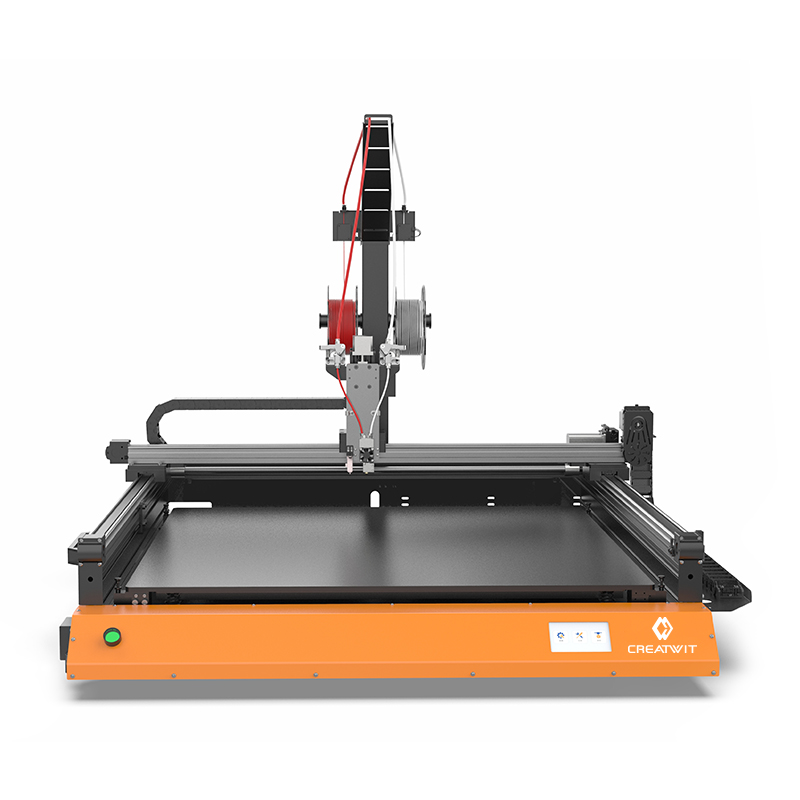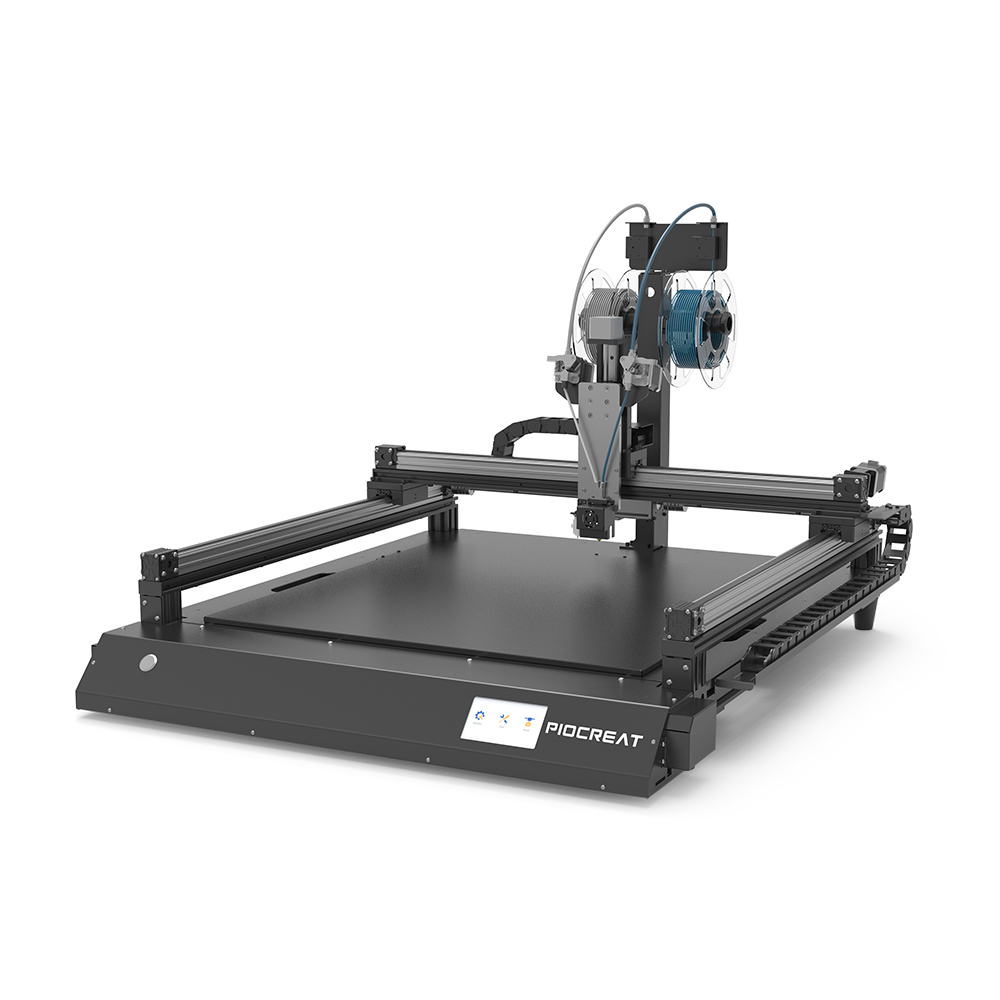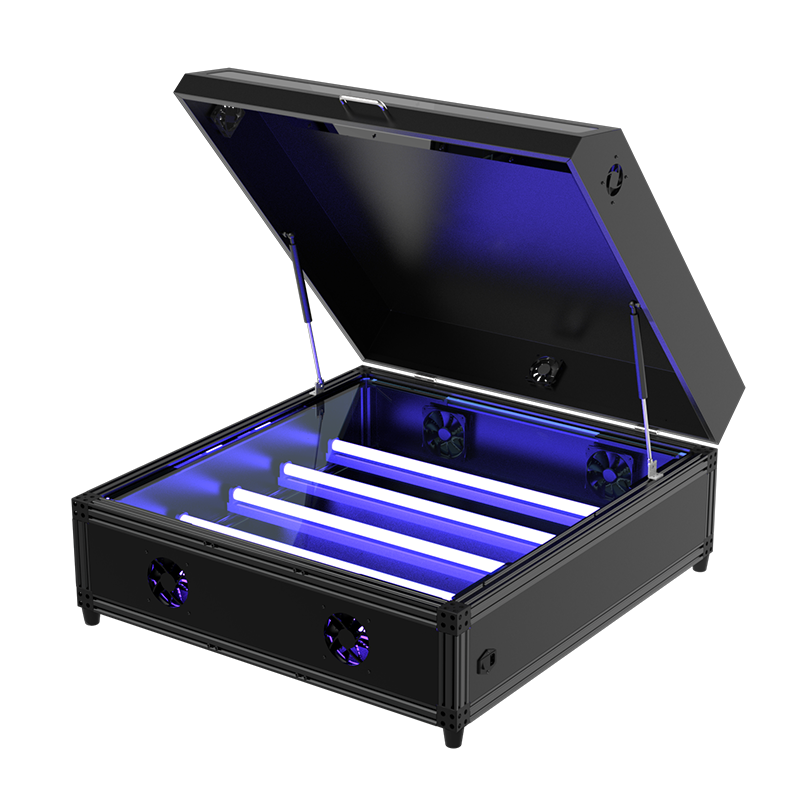If we want to print exquisite advertising works, we have to understand the performance of our 3D printer, understand our
advertising 3D printer slicing software, and understand what the model we want to print is like.
1. Floor height
Print the height of a single layer, as shown in Figure 1-21. The smaller the layer height, the longer the printing time, but the finer the printing. On the contrary, the larger the layer height, the shorter the printing time, but the printing is a bit rough. It is generally recommended to set the print shell layer height within half of the nozzle diameter.
2. Starting layer height
It is the height of the first layer, most of us can set it to 0.3mm (using 0.6 nozzle).
3. Trace width
The trace width is the wall thickness, as shown in Figure 1-21. The typing shell is generally between 0.6-1.2. The smaller the value, the thinner the wall thickness, on the contrary, the larger the value, the thicker the wall thickness. The normal layer thickness of 0.5 can be filled with 1.2mm.
4. Wire width (wall)
Under normal circumstances, the same value as the trace width is sufficient.
5. Starting layer trace width
Print the product of the trace width of the first layer, and increase the adhesion to the hot bed (that is, the glass platform). Generally the default is 100%.
6. Number of wall wiring
The number of walls, when calculating according to wall thickness, the value is set to an integer. Example: If you feel that the single-layer wall is not thick enough, you can set it as double-layer and fill in 2.
7, Z seam alignment
It is the starting point of the printing path in each layer. Z seam: To put it bluntly, it is the interface for wire printing. Z seam alignment: that is, each layer of interface is aligned and pushed up to become a Z seam. (See Figure 1-22).
8. Printing temperature
The printing temperature is determined by the material of the wire and the outside temperature. The indoor material of the printing wire is generally between 200-240°C, and the outdoor printing material is between 250-280°C. It is worth noting that when the outside temperature is higher, the printing temperature is lower; when the outside temperature is lower, the printing temperature is higher. Other reasons that affect the printing temperature, such as wire production deviation, storage time, environmental storage, and continuous changes in external temperature.
9. Printing platform temperature (also called hot bed temperature)
The temperature of the printing platform affects the adhesion of the initial layer, and the strong adhesion can make the printed items adhere to the platform more firmly. It is the same factor as the printing temperature; generally between 45-65°C.
10. Withdrawal
To put it bluntly, the printer will jump to another after printing one word. When it needs to jump, the wire in the print head needs to be recycled a bit (also called retraction), so that it will not produce too much wire drawing. Generally, it is checked by default. superior.
11. Withdrawal distance
During the process of retracting the nozzle wire, the length of the wire material is retracted. The range is 0.1-10, generally 4 is enough.
12. Withdrawal speed
The speed at which the wire is withdrawn during the withdrawal movement is also the speed at which the wire is filled. The speed range is between 1-200, and we generally set the printing font at around 80-100. Import the file by default and don’t need to change it.
13. Withdraw the extra filling volume
Sometimes the printing material will overflow during the process of printing idling, here we can supplement the filling amount. Generally, we can set it to 2 directly.
14. Speed (wall)
That is the printing speed of the printer. The range is between 1~150/s. The factors that determine the printing speed are the type and size of the printed matter. We mainly use the printing font as an example to print straight-edged characters and hypotenuse characters, as shown in the figure below for 15 cm straight-edged characters; the right side is 15 cm hypotenuse characters. The printing speed of straight-edged characters can be set to about 30mm/s, and the printing speed of beveled-edged characters can be set to about 30mm/s.



